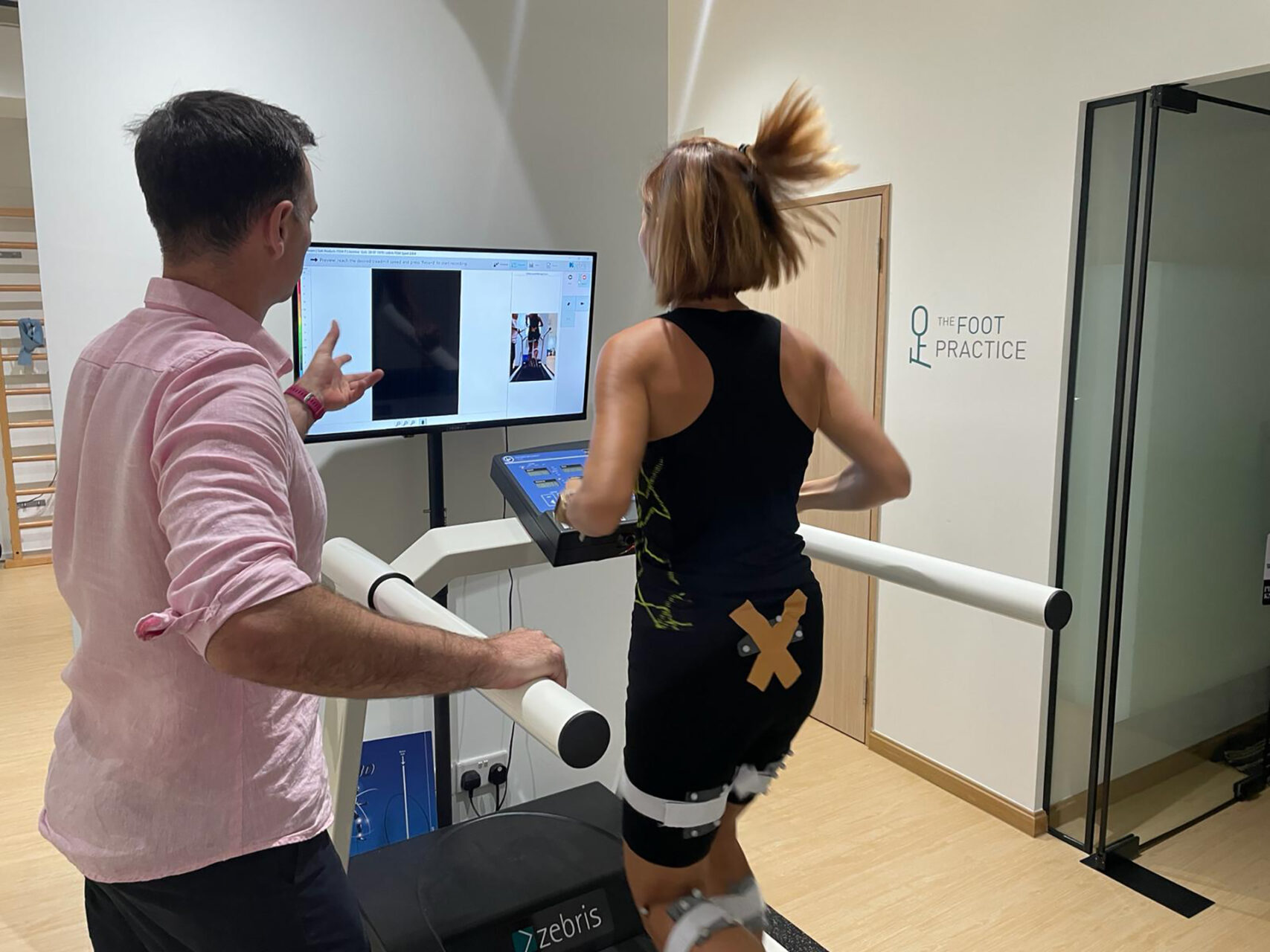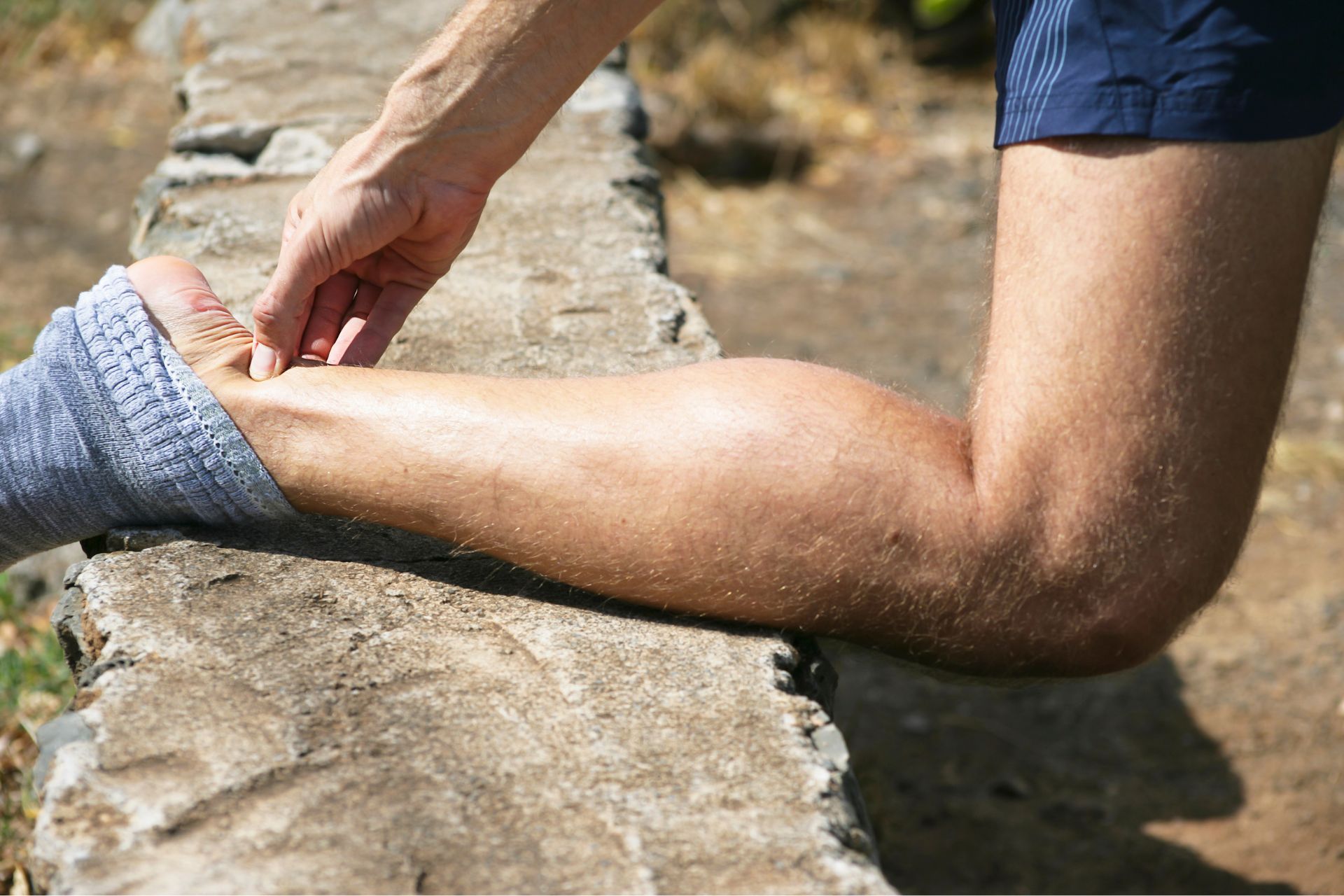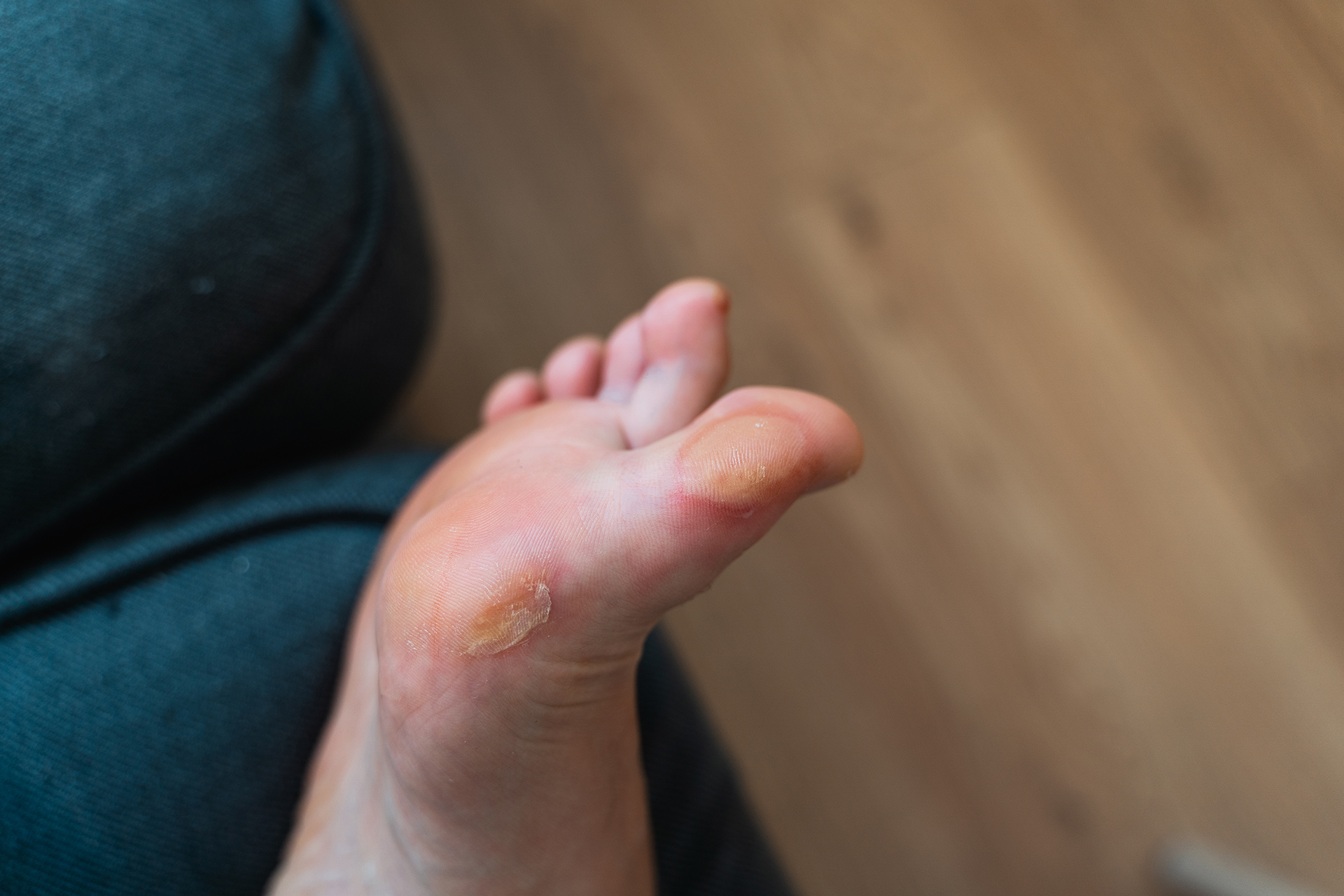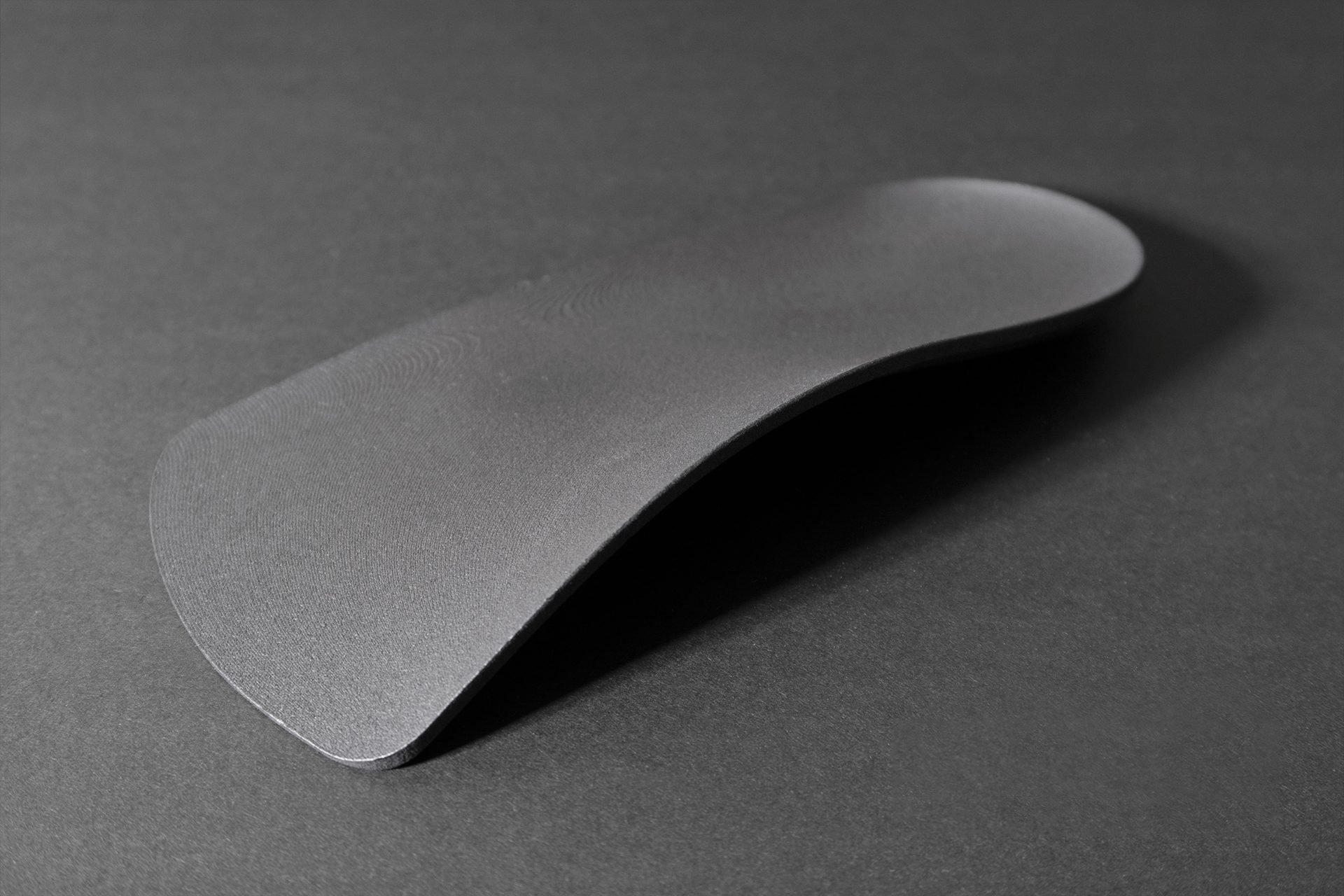As a sports podiatrist with years of experience treating athletes, I’ve seen my fair share of runners limping into my office with peroneal tendon pain. The burning question on their minds is always the same: “Can I run with peroneal tendonitis?” It’s a query that makes me both chuckle and cringe.
Let’s face it. Runners are a stubborn bunch. Even temporarily, the idea of hanging up your running shoes can feel like torture. However, when it comes to peroneal tendonitis, the answer isn’t always straightforward.
First, let’s talk about peroneal tendonitis from running. This condition often sneaks up on runners, especially those who’ve recently ramped their mileage or changed their running terrain. However, it’s important to note that other factors, including improper footwear, foot structure, and training errors, can contribute to this condition. The peroneal tendons, those unsung heroes that stabilise your ankle and foot, can become inflamed and irritated from overuse. Suddenly, you’re dealing with a nagging pain on the outside of your foot or ankle that just won’t quit.

But, can you run with peroneal tendonitis? Technically, yes. But should you? That’s where things get tricky. Running through peroneal tendonitis is like trying to drive a car with a flat tire. Sure, you might make it to your destination, but you’re risking some serious damage along the way.
Here’s the deal: peroneal tendon pain while running is your body’s way of waving a red flag. Ignoring it won’t make it go away. In fact, continuing to run can exacerbate the condition, potentially leading to tendon tears or chronic instability. Trust me, that’s not a road you want to go down.
What about peroneal tendonitis recovery time? This is where patience becomes your best friend (and your worst enemy). Recovery can take anywhere from a few weeks to several months, depending on the severity of the condition and how well you follow your treatment plan. Understanding that each case is unique is crucial, and recovery times can vary significantly between individuals. And yes, that plan might involve taking a break from running.
But don’t despair! This doesn’t mean you’re condemned to the couch. Plenty of alternative activities can help maintain your fitness while allowing your tendons to heal. Swimming, cycling, or using an elliptical machine can keep you active without the high impact of running. However, it’s important to approach these activities cautiously and under professional guidance, as they may still stress the healing tendons.

Treatment options for peroneal tendonitis go beyond just rest. Depending on the severity of your condition, your podiatrist might recommend physical therapy, custom orthotics, or in severe cases, surgery. Working with a healthcare professional is crucial to determine the best treatment plan for your case.
If you’re itching to get back to running, here’s a compromise: work with a sports podiatrist to develop a gradual return-to-run programme. This might involve a combination of strengthening exercises, gait analysis, and a carefully planned progression of running intervals. Professional guidance throughout the entire recovery process is key to ensuring a safe and effective return to running.

Remember, the goal isn’t just to get back to running; it’s to come back stronger and more resilient. Proper treatment and rehabilitation can actually improve your running form and efficiency, potentially making you a better runner in the long run (pun intended).
While you technically can run with peroneal tendonitis, it’s a risky move that I wouldn’t recommend. Instead, focus on recovery, address any underlying biomechanical issues, and use this time to become a more well-rounded athlete. Your peroneal tendons will thank you, and you’ll be back pounding the pavement before you know it – without the pain holding you back this time.
Always remember, while this advice is general, individual cases can vary significantly. It’s crucial to have your condition assessed and treated by a healthcare professional to ensure the best possible outcome for your specific situation.
If you’re a runner and would like to find out more details from a leading sports podiatrist about how to return to sport after a peroneal tendon injury, schedule an appointment at The Foot Practice.






